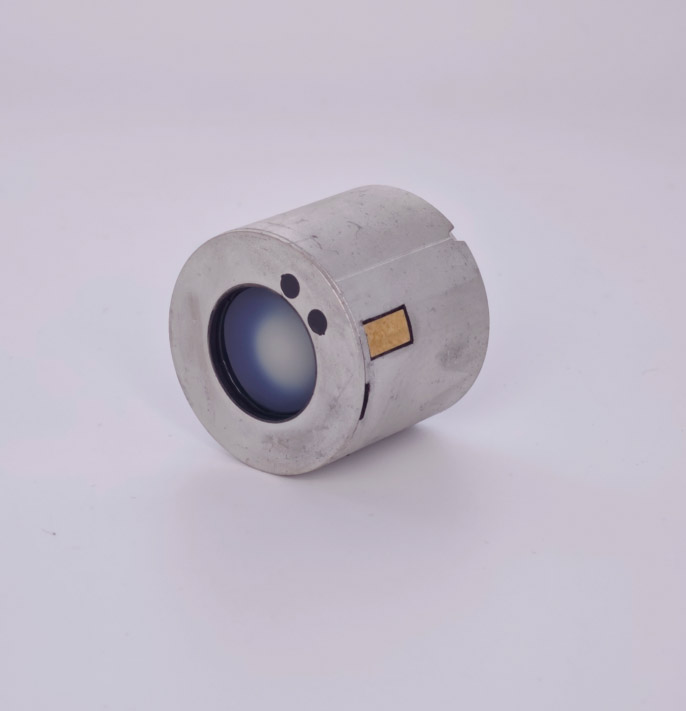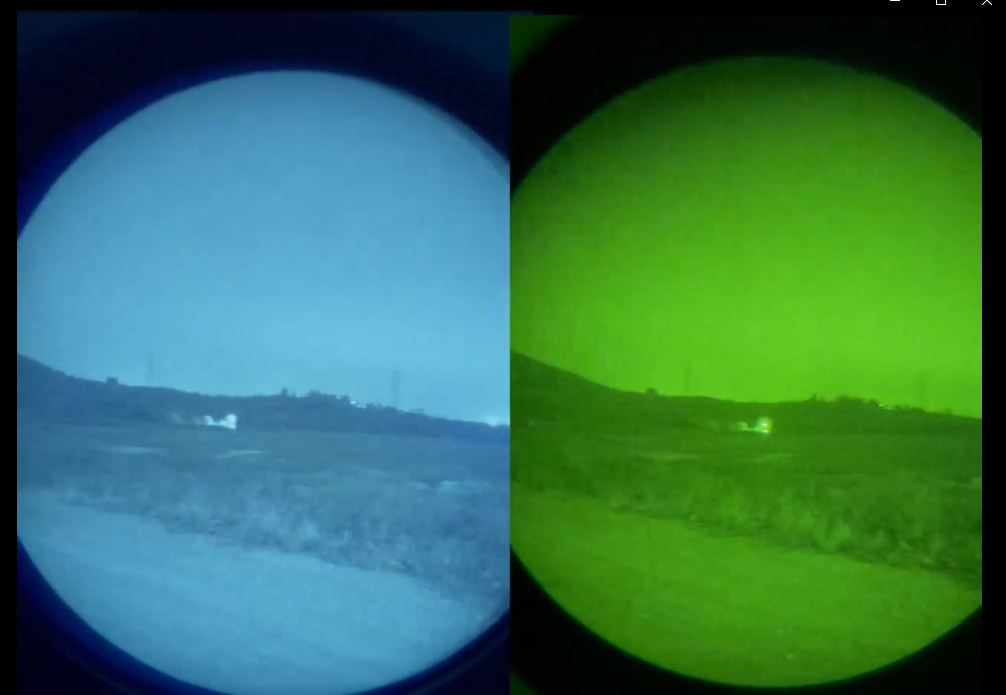With the advancement and development of technology. In modern warfare, various countries have introduced high-tech equipment as weapons to assist soldiers.
Night vision goggles are a very useful piece of equipment. Can help soldiers adapt to night combat.Night vision devices usually distinguish between white phosphorus tubes and green phosphorus tubes. And how do we usually choose?
Today we- China Xinxing Guangzhou Imp&Exp Co., Ltd. will introduce the how to choose between white phosphorus tube and green phosphorus tube

1. Which part of the night vision device is the white phosphorus tube or the green phosphorus tube?
The low light night vision device uses an image intensifier to amplify low light, and photons from dim light sources enter the objective lens (left side) and collide with the photocathode (gray plate). The photocathode (negative bias) releases electrons, which are accelerated to a higher voltage microchannel plate (red). Each electron will cause multiple electrons to be released from the microchannel plate. Electrons are attracted to a higher voltage fluorescent screen (green). The electrons that collide with the fluorescent screen generate photons that can be seen through the eyepiece.
Major is the green plate. The white or green phosphorus tube depends on whether the board is green or white.

2. What are the advantages and disadvantages of each?
WHITE phosphorus tube
Advantage:
More natural images:
The white phosphorus tube presents black and white or gray white tones, which are closer to the visual experience under natural light and reduce the fatigue of the human eye to a single color.
Better contrast:
In complex scenes such as jungles and urban environments, grayscale differences make it easier to distinguish between targets and backgrounds.
Long term use comfort:
Suitable for long-term tasks (such as night patrols), green light has less stimulation on the pupils and reduces eye fatigue.
Compatible with digital processing:
Black and white images are more easily combined with digital enhancement techniques such as thermal imaging fusion.
Disadvantages:
User habits:
Traditional green phosphorus pipes are more popular, and some users need to adapt to the color tone of white phosphorus.
High cost:
Early white phosphorus tube technology had a high threshold and may have been more expensive (now the gap has narrowed).
Partial scene adaptability:
Under extremely low light conditions, the brightness perception of green phosphorus tubes may have a slight advantage (human eyes are more sensitive to green).

GREEN phosphorus tube
Advantage:
Human eye sensitivity:
The human eye is most sensitive to the green spectrum (505-555nm), which may appear brighter in extremely weak light.
Traditional Popularity:
Long term use in military/civilian fields, users are familiar with green imaging style.
Cost advantage:
Mature technology with low early production costs.
Disadvantages:
Visual fatigue:
Long term staring at green images can easily lead to eye fatigue, and the pupils may decrease their night vision adaptability due to continuous constriction.
Contrast limitation:
A single green tone may obscure details and result in weaker target recognition capabilities in complex scenes.
Outdated trend:
Modern armies (such as the US military) are gradually shifting towards white phosphorus tubes (such as PVS-31A) due to their superior overall performance.
The above is the difference between white phosphorus pipes and green phosphorus pipes. If you are interested in night vision devices. Please contact us promptly:[email protected]. We have many product options for night vision devices.
Looking forward your inquiry.
